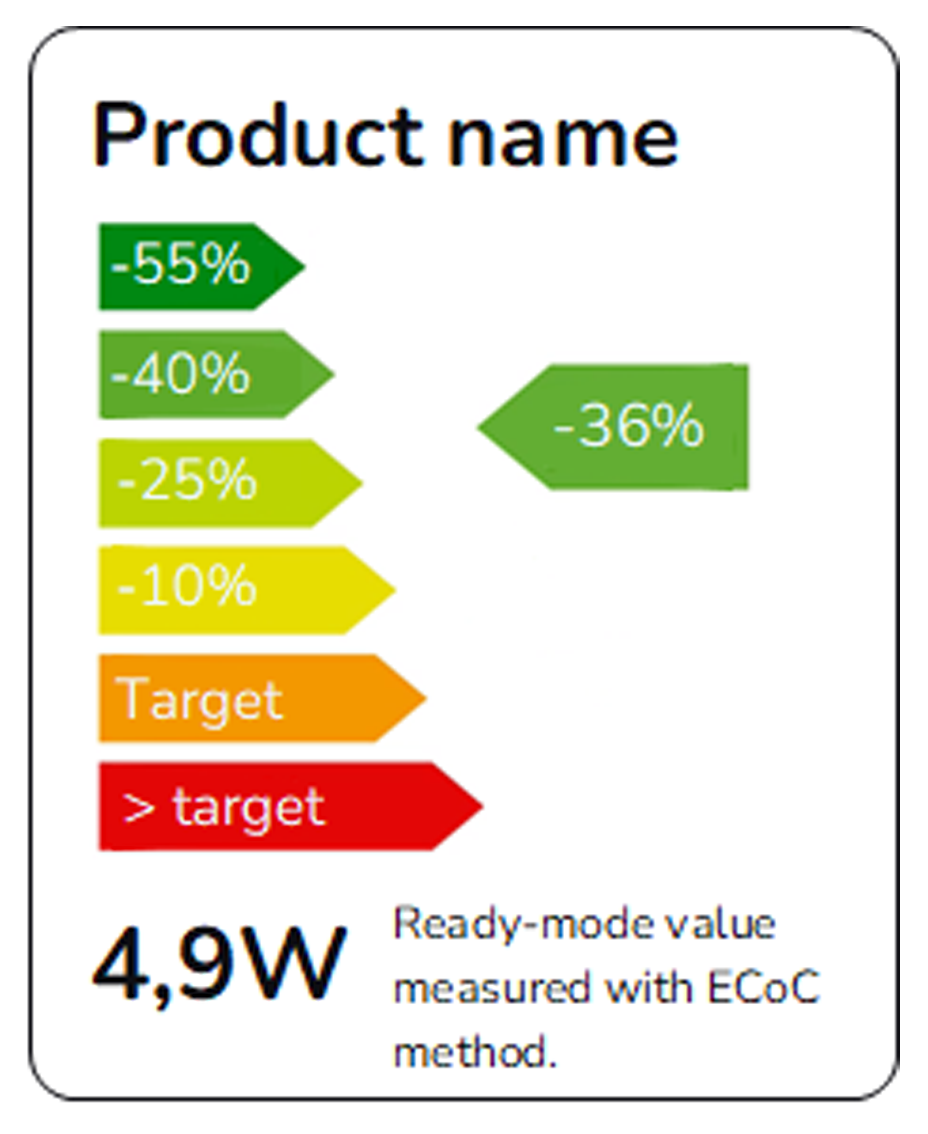What if choosing broadband equipment could be as simple and as impactful as checking an energy label? What if that label could help network operators and internet service providers (ISPs) make smarter, greener decisions? And what if vendors had a clear, consistent way to showcase their energy performance?
As sustainability becomes a defining priority across industries, we believe broadband must evolve too. And we see a clear opportunity: an energy label tailored to broadband equipment.
Why an energy label makes sense
An energy label offers a transparent, standardized way to communicate how efficiently broadband devices perform. It simplifies comparisons, supports ESG goals, and encourages vendors to innovate – not just on features, but on energy performance.
At Genexis, we believe a label that highlights two key metrics can make the difference:
- Absolute power consumption in a defined operational state (e.g., 4.9W)
- Performance against the European Code of Conduct (CoC) allowance target (e.g., –36%)
- This format is already in use by Kontron and it’s one we strongly support. Together, we’re advocating for an industry-led label that can become a standard performance indicator in broadband procurement.

Understanding the European Code of Conduct (CoC)
Since January 2023, Genexis has been a proud signatory of the European Code of Conduct on Energy Consumption of Broadband Equipment. The CoC provides a structured, objective framework for measuring energy use across all categories of broadband equipment —including Optical Network Terminals (ONTs), Gateways, and Optical Line Terminals (OLTs). Each product type has its own set of allowances, ensuring fair and relevant comparisons.
In 2024, Genexis operated 25% below the CoC target across our total product volume shipped.
Let’s make energy performance matter
Despite numerous initiatives aimed at advancing sustainability, energy consumption in the broadband industry has received surprisingly little attention. An energy label will change that. By standardizing how energy metrics are measured and communicated, it becomes easier for operators and ISPs to integrate ESG goals into procurement – without added complexity.
For the consumer, it means getting equipment that goes beyond regulation, saves energy consumption and strengthens trust in their ISP.
For vendors, it’s a chance to showcase innovation, demonstrate commitment to sustainability, and highlight the future-readiness of their products.
A small shift in how we measure and communicate energy performance can drive major progress. Let’s take that step together.


